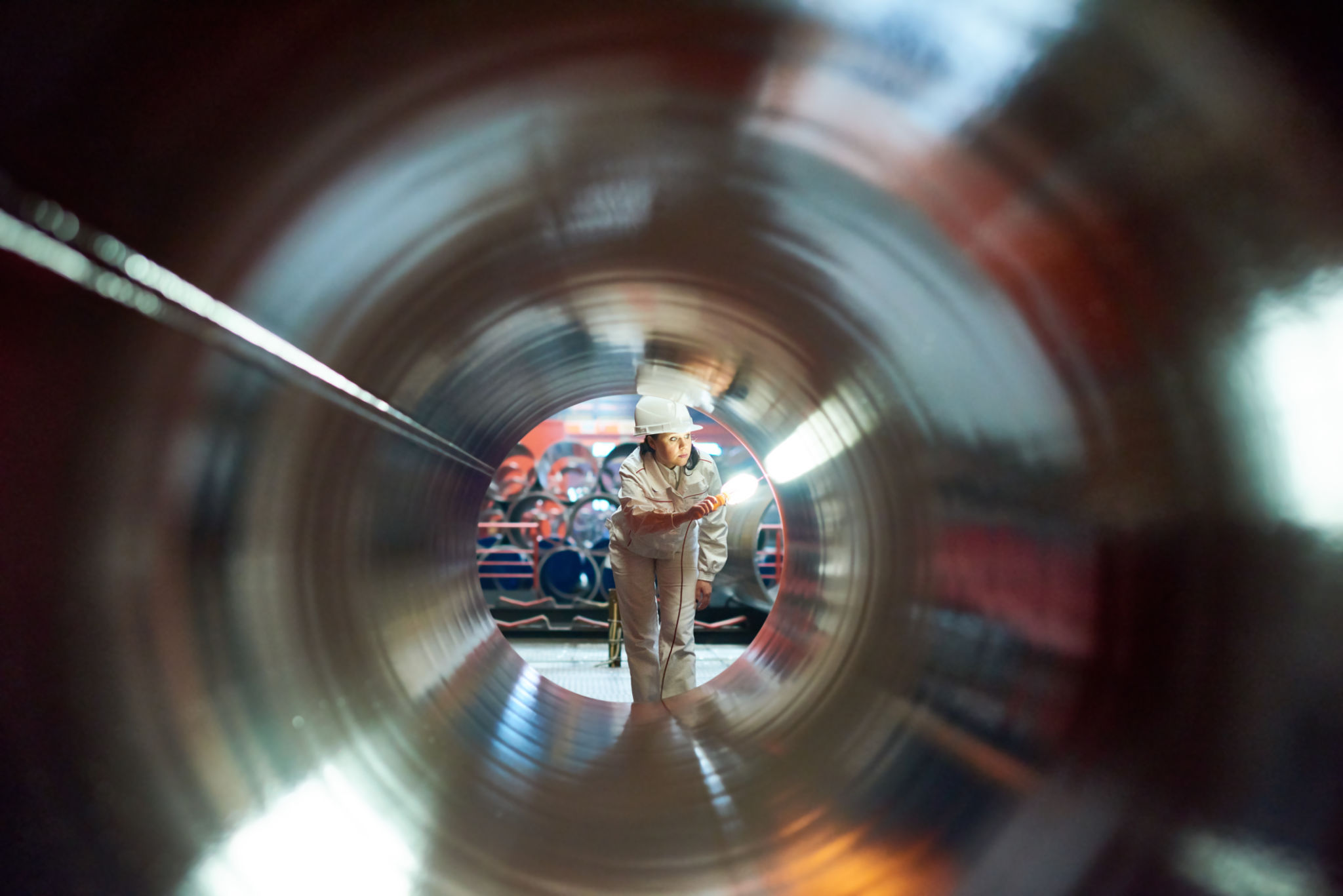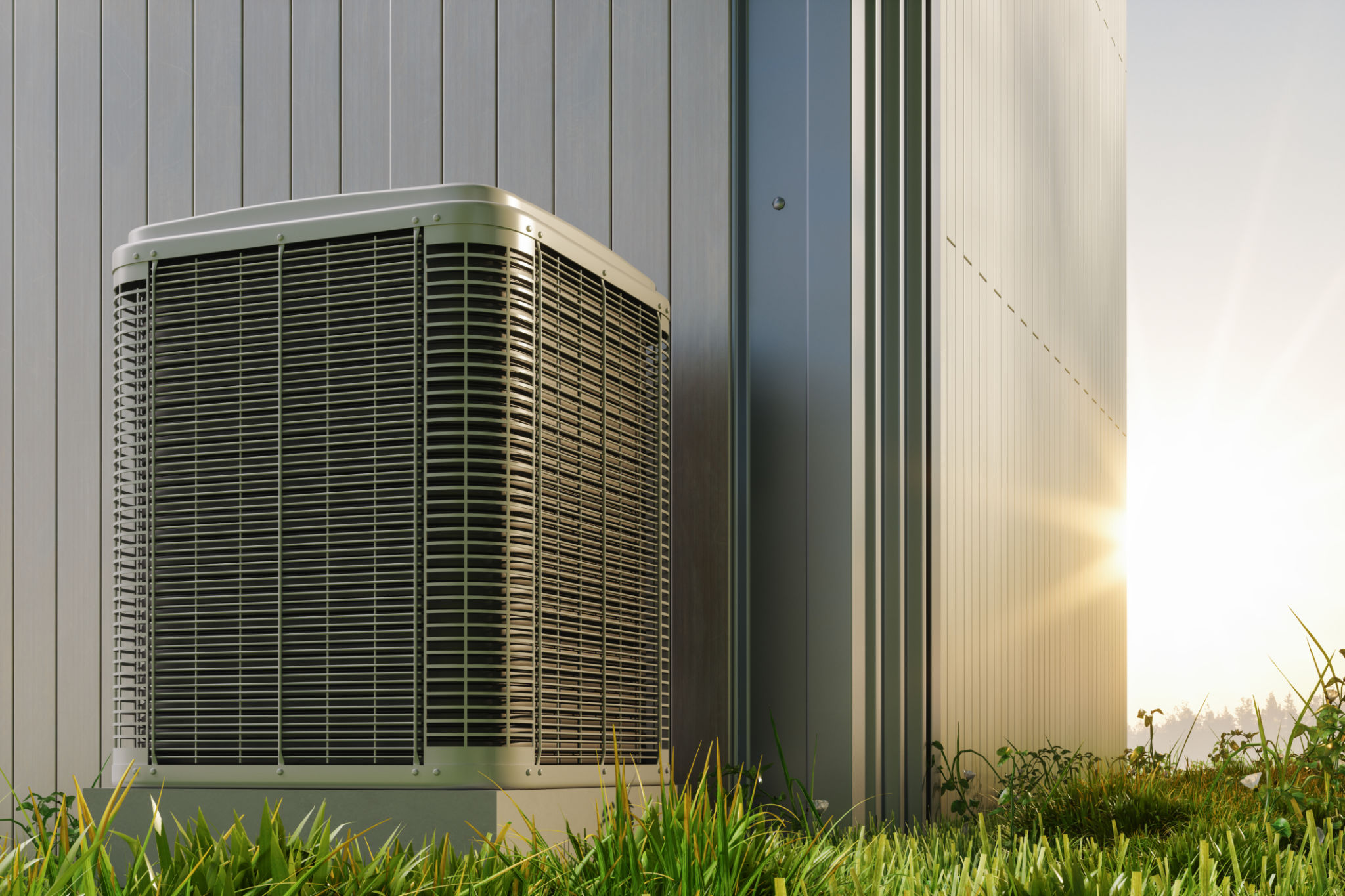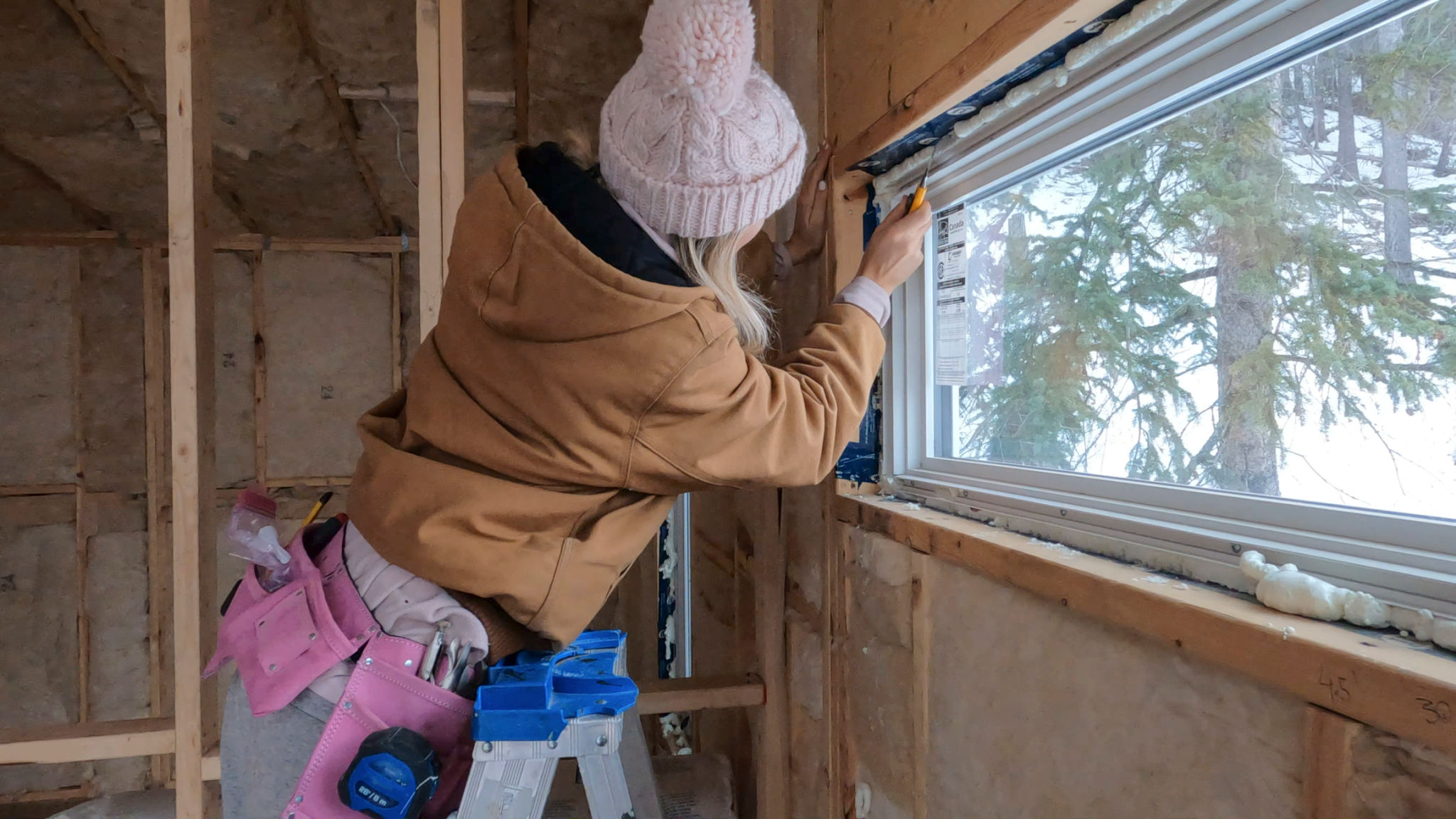Comparing Crawlspace Encapsulation vs. Ventilation: Which is Right for You?
Understanding Crawlspace Encapsulation
Crawlspace encapsulation involves sealing the crawlspace to create a controlled environment. This process typically includes laying down a vapor barrier on the ground, sealing vents, and insulating walls. Encapsulation is designed to protect the crawlspace from moisture, pests, and external temperature fluctuations.
A significant advantage of encapsulation is the ability to improve indoor air quality. By sealing off the crawlspace, homeowners can prevent mold growth and reduce allergens that might otherwise infiltrate the home. Additionally, encapsulation can lead to increased energy efficiency by providing better insulation.

Benefits of Crawlspace Encapsulation
Encapsulation offers several noteworthy benefits:
- Moisture Control: A vapor barrier effectively prevents moisture from entering, reducing the risk of mold and mildew.
- Enhanced Air Quality: By sealing the space, pollutants and allergens are kept at bay.
- Energy Savings: Improved insulation can reduce heating and cooling costs.
The Concept of Crawlspace Ventilation
Crawlspace ventilation, on the other hand, involves allowing air to circulate through the space. This is achieved by installing vents that promote airflow, theoretically aiding in moisture evaporation. Ventilation has been a traditional approach aimed at preventing stagnation and dampness.
While ventilation can help with air circulation, it may not always be effective in humid climates. In such environments, venting can introduce more moisture than it removes, potentially leading to mold issues and structural problems over time.

Advantages of Crawlspace Ventilation
Despite its potential drawbacks, crawlspace ventilation has its own set of benefits:
- Cost-Effective: Installing vents is generally less expensive than full encapsulation.
- Natural Airflow: Promotes natural air circulation that can help reduce odors.
- Simplicity: A straightforward solution with minimal maintenance requirements.
Deciding Between Encapsulation and Ventilation
When choosing between encapsulation and ventilation, several factors should be considered. Climate plays a crucial role; in humid areas, encapsulation often proves more effective at controlling moisture. Conversely, in drier climates, ventilation might suffice.
The specific needs of your home also matter. If energy efficiency and air quality are priorities, encapsulation may be the better option. However, if budget constraints are a concern and your climate is conducive, ventilation could be a viable choice.

Consulting with Professionals
Ultimately, the decision requires careful consideration and possibly consultation with professionals. An assessment by an expert can provide insights into which method will best suit your home’s requirements and regional climate conditions.
Both crawlspace encapsulation and ventilation have their pros and cons. By weighing these factors against your specific needs and environmental conditions, you can make an informed decision that enhances your home's health and efficiency.
